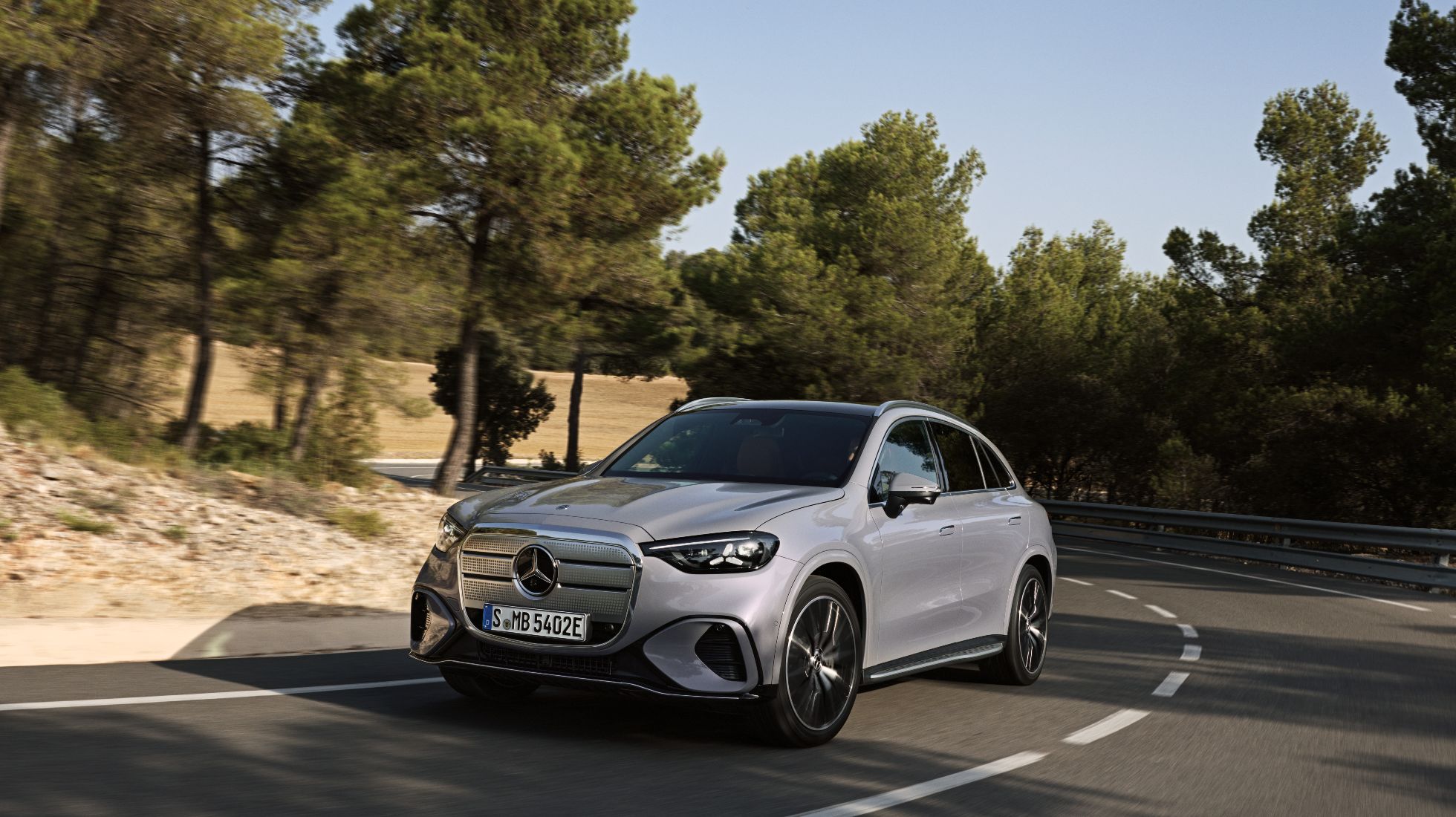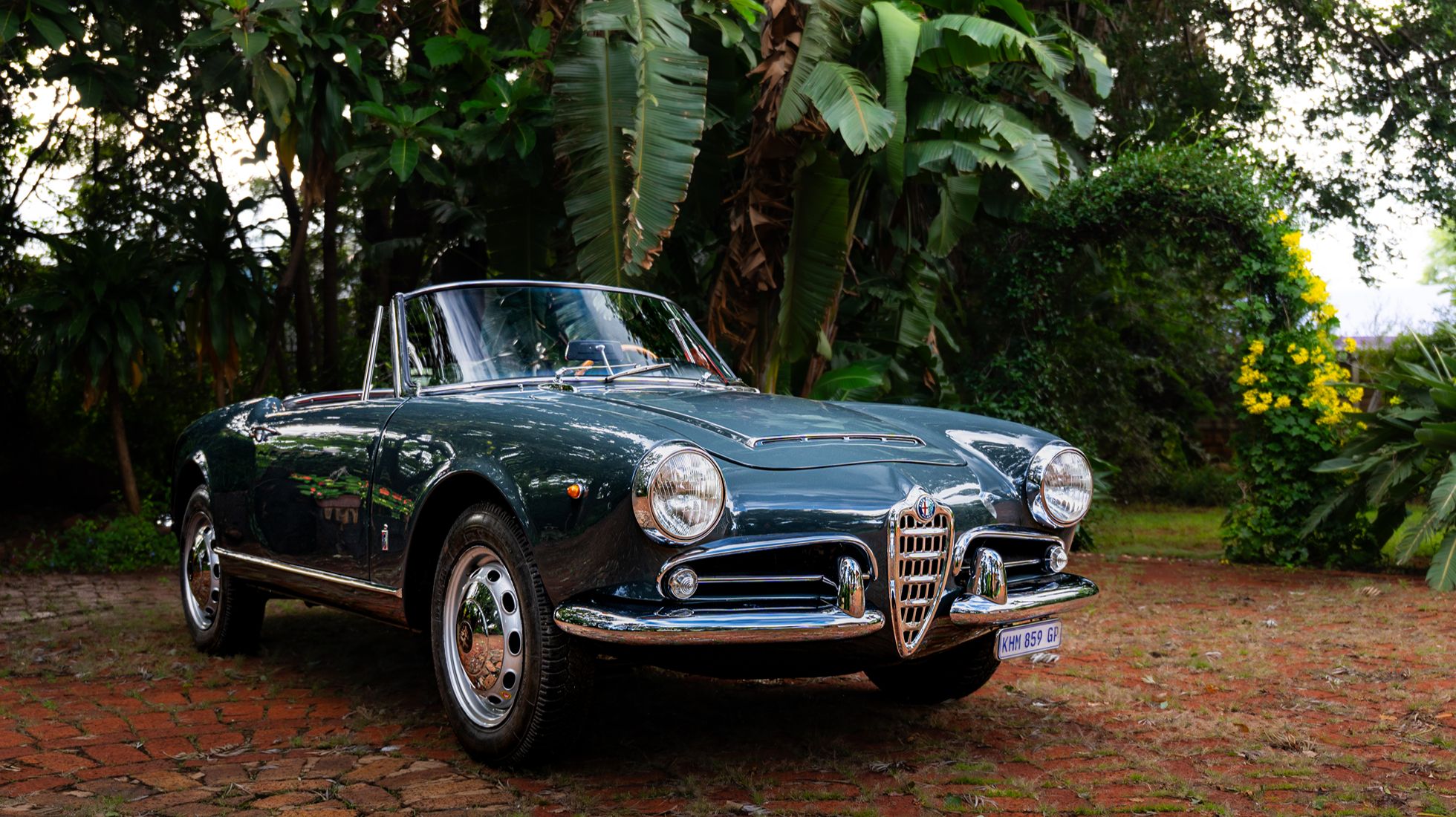

Bakkies play a colossal role in South Africa's motoring space. Usually, it's Toyota getting the lion's share of sales, with Ford and Isuzu offering excellent alternatives. However, with more bakkies arriving on our shores, one, in particular, has raised a fair few eyebrows. This is the Landtrek from Peugeot.
The Landtrek is an interesting bakkie that looks the part and is a viable option on paper for a potential bakkie owner. However, during our inaugural Bakkie Wars, we put it to the test against the best our market has to offer, and the results were not too surprising.
Inside, the Peugeot Landtrek redeems itself with its elegance-for-a-bakkie approach. The dashboard houses a crisp 10" infotainment system which supports Apple CarPlay and Android Auto, along with your traditional radio and Bluetooth functions.
The low-range transfer dial is conveniently placed, making it easily accessible and user-friendly. Additionally, it is positioned so it isn't prone to accidental activation by curious hands.
Like most bakkies, though, the rear bench is a little short on legroom, but the overall passenger experience is far from terrible. There is a sense of corner-cutting as far as the build quality is concerned, though, with interior creaks and flexing plastic panels. So, not entirely on par with its mainstream Japanese competitors in that area...
If you're accustomed to driving more mainstream bakkies, the Landtrek might only check some of the boxes for you. For one, during hard braking, the rear end can become unsettled due to what we believe to be an overly front-heavy weight distribution. And if you're planning to venture deep into unknown territory, there are additional considerations. While the suspension handles smaller rocks and bumps reasonably well, the nose is relatively low. This means you must exercise caution when navigating rugged trails with the Landtrek.
The Landtrek features a 1.9-litre turbodiesel engine sourced from China. While it performs well while driving, it tends to be thirsty and produces an unrefined diesel-clatter noise due to unoptimised Noise Vibration and Harshness (NVH) levels within the cabin. Nonetheless, it provides sufficient power, and there are only few scenarios where additional power would be a welcome addition.
The 1.9-litre turbodiesel generates 110 kW and 350 Nm of torque, coupled with a 6-Speed automatic gearbox. While the gearbox had occasional delayed gear changes, it generally performed adequately. The engine is also advertised to consume 7.8l/100 km, although, in my experience, I only managed to get that number down to 8.5l/100 km.
One of the most pressing concerns in the Landtrek is the hill-descent control. Although this feature is a more modern addition in the off-roading space, and you can go without it, the system only activates when you travel considerably faster than you usually would down a steep descent. We thought this was a glitch with our initial test unit, but the problem also persisted in the second unit we tested.
The Peugeot Landtrek is a decent bakkie if you plan on using it for family getaways and everyday errands. However, other options exist if you're looking for exceptional off-road capabilities. Nevertheless, considering the price point, it remains a favourable choice.
For R689,900, you can also look at the GWM P-Series, which demands a list price of R640,950 on a spec-for-spec comparison. I recommend the Mitsubishi Triton at this price point, though, as it costs R654,995. The Landtrek is visually more appealing, inside and out than the dated Triton, but it can't hold a candle to the Triton's all-round capabilities.
I wasn't entirely sure what to expect from the Peugeot Landtrek. On-road, it proved capable but struggled far off the beaten track due to its limited approach angle and glitchy hill-descent assist function.
I wouldn't directly compare it to popular bakkies like the Hilux or Ranger, but considering its attractive price, it still offers good value for money.
The Landtrek is a good bakkie in every sense of what's expected from the lifestyle-meets-workhorse segment. It's capable of handling loads and navigating somewhat challenging trails. With its competitive price range, it makes sense as a workhorse. However, its design and execution lean more towards a leisure-oriented bakkie.





Enter your email address to receive regular Top Gear SA newsletters



.jpg)



